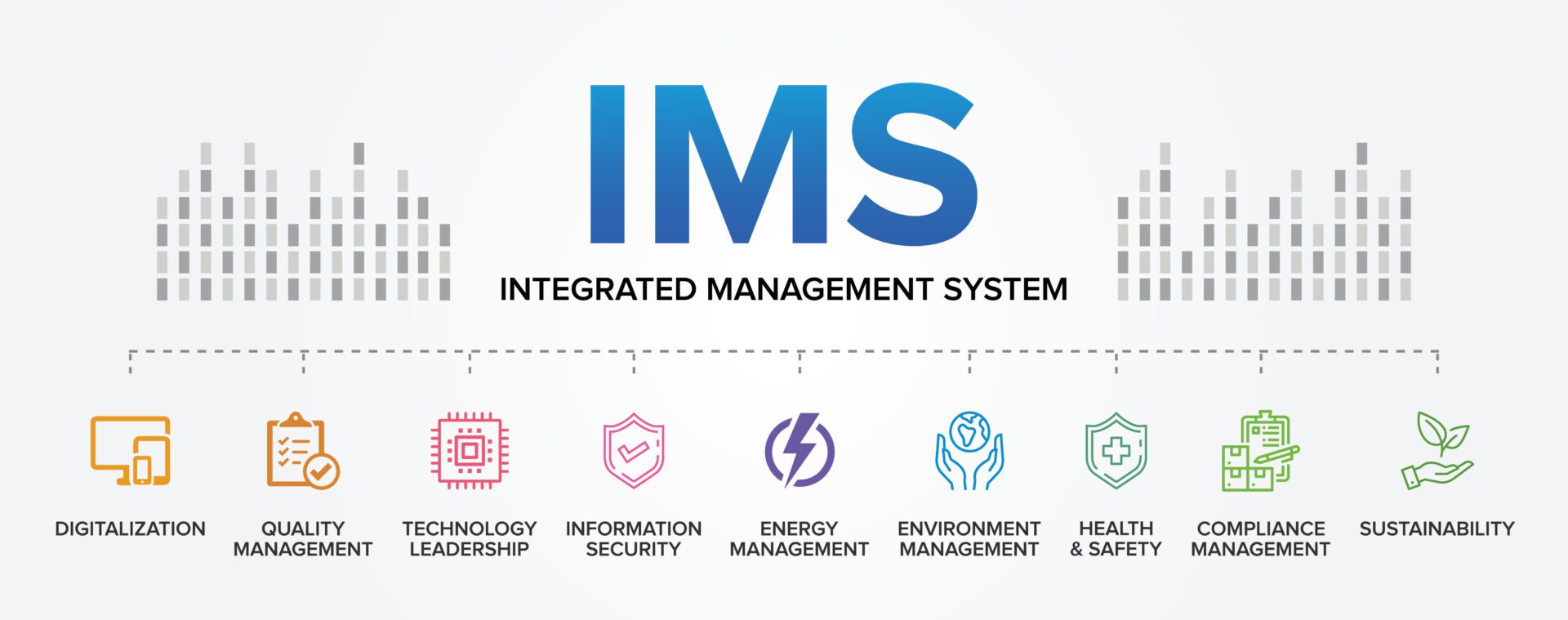Handling Out of Specification (OOS) results effectively is a challenge. Despite rigorous processes and controls, OOS results can and do occur. Understanding what they are, why they matter, and how to manage them is essential for maintaining compliance and ensuring product integrity.

One critical aspect of quality control is handling Out of Specification (OOS) results effectively. Despite rigorous processes and controls, OOS results can and do occur. Understanding what they are, why they matter, and how to manage them is essential for maintaining compliance and ensuring product integrity.
As a pharmaceutical consultancy organization, we aim to shed light on the intricacies of OOS testing and provide guidance on establishing robust procedures to handle such results.
What is an Out of Specification (OOS) Result?
An Out of Specification (OOS) result refers to any test result that falls outside the established specifications or acceptance criteria set by manufacturers, regulatory authorities, or pharmacopeias. These specifications are predefined standards that a product must meet to ensure its quality, efficacy, and safety.
OOS results aren’t limited to values outside formal specifications. They also encompass results that, while not technically out of bounds, are unusual, unexpected, or deviate significantly from normal ranges. Such anomalies warrant investigation to rule out underlying issues that could impact product quality.
The Significance of OOS Results
An OOS result can be indicative of various underlying problems, including but not limited to:
- Laboratory ErrorsMistakes in testing procedures, equipment calibration, or data recording.
- Sampling ErrorsIncorrect sampling techniques leading to non-representative samples.
- Analytical Method InstabilityFlaws or inconsistencies in the analytical methods used.
- Unsuitable SpecificationsInadequate or inappropriate acceptance criteria.
- Product DefectsActual issues with the product’s formulation or manufacturing process.
- Unstable Manufacturing ProcessesVariability in production that affects product quality.
Understanding the root cause of an OOS result is crucial. It helps determine whether the issue lies with the testing process or the product itself, enabling appropriate corrective actions.
Why Define Procedures for Handling OOS Results?
Establishing clear, systematic procedures for managing OOS results is vital for several reasons:
- Prevent BiasWithout a defined process, there’s a tendency to assume that an OOS result is a laboratory error rather than a product issue.This bias can lead to inadequate investigations.
- Avoid “Testing into Compliance”Repeatedly testing until a desired result is achieved undermines the validity of the quality control process and can mask genuine product defects.
- Ensure Thorough InvestigationsProper procedures mandate comprehensive investigations, reducing the likelihood of recurring issues due to unidentified root causes.
- Maintain Regulatory ComplianceRegulatory agencies require documented evidence of how OOS results are handled. Clear procedures ensure that investigations meet industry standards and regulatory expectations.
- Protect Patient SafetyUltimately, effective OOS management safeguards end-users by ensuring that only products meeting quality standards reach the market.
The Three-Step OOS Investigation Procedure
A structured approach to investigating OOS results enhances the effectiveness of the investigation and ensures compliance with regulatory guidelines. The procedure typically involves three key steps:
1. Laboratory Investigation
The initial phase focuses on identifying any errors or anomalies within the laboratory that could have contributed to the OOS result.
Key Considerations:
- Method VerificationConfirm that the correct analytical method was used and is suitable for the test.
- Equipment CheckEnsure all equipment was calibrated and functioning properly.
- Sample IntegrityExamine the sample for any signs of contamination or degradation.
- Data ReviewCheck for documentation errors or calculation mistakes.
- Sample PreparationVerify that the sample was prepared correctly.
- Reagents and StandardsAssess the quality and validity of reference standards, chemicals, reagents, and solutions used.
- System Suitability Tests (SSTs)Confirm that all test validity criteria were met.
- Analyst InquiryDiscuss with the analyst to uncover any procedural deviations or observations during testing.
If the laboratory investigation identifies a plausible cause for the OOS result (e.g., instrument malfunction, calculation error), appropriate corrective actions should be taken, and the test may be repeated following regulatory guidelines.
2. Product Investigation
If the laboratory investigation does not reveal any assignable cause, the next step is to investigate potential issues with the product itself.
Key Considerations:
- Manufacturing RecordsReview batch records for deviations or non-conformances during production.
- Trend AnalysisExamine historical data for similar results or trends that could indicate a systemic issue.
- Operator InterviewsSpeak with production personnel to identify any unreported issues or irregularities.
- Equipment LogsCheck for any equipment malfunctions or maintenance issues during manufacturing.
- In-Process Control (IPC) ResultsAssess in-process testing data for any anomalies.
This step helps determine if the OOS result is due to a manufacturing problem, which may require broader corrective actions, such as batch rejection or process modification.
3. Analytical Investigation
When neither laboratory nor product investigations uncover the cause, an extended analytical investigation is warranted.
Key Considerations:
- RetestingConduct retesting using the same sample solution to rule out sample preparation errors.
- ResamplingPrepare a new sample from the original batch to check for sample variability.
- Multiple SamplesTest additional samples from different locations within the batch (e.g., start, middle, end) to assess homogeneity.
- Use of Retain SamplesAnalyze retained samples with known results for comparison.
- Independent AnalysisHave different analysts perform tests using separate equipment to eliminate analyst or equipment bias.
It’s important to note that retesting should be done cautiously and in compliance with regulatory guidelines to avoid invalidating the investigation. Any retests or resampling must be justified, documented, and statistically evaluated.
Best Practices for OOS Investigations
- DocumentationMeticulously document every step of the investigation, including observations, findings, and rationale for decisions made.
- ObjectivityMaintain an unbiased approach throughout the investigation to ensure accurate identification of the root cause.
- Regulatory ComplianceAdhere strictly to regulatory requirements, such as those outlined by the FDA, EMA, or other relevant authorities.
- TrainingEnsure that all personnel involved in testing and investigations are adequately trained in OOS procedures.
- Continuous ImprovementUse insights from OOS investigations to improve processes, prevent recurrence, and enhance overall quality systems.
Conclusion
Out of Specification results are an inevitable part of pharmaceutical manufacturing and quality control. However, how an organization handles these results can significantly impact product quality, regulatory compliance, and patient safety. By implementing robust OOS procedures, pharmaceutical companies can effectively investigate and address the root causes of OOS results.
As a consultancy specializing in pharmaceutical quality and compliance, we are committed to helping organizations navigate the complexities of OOS testing. Our expertise ensures that your processes not only meet regulatory standards but also contribute to the production of safe and effective pharmaceutical products.





